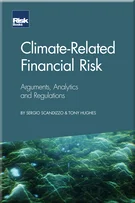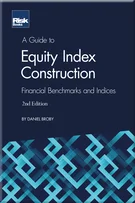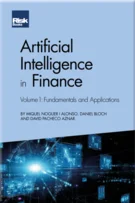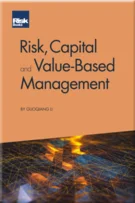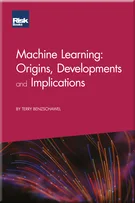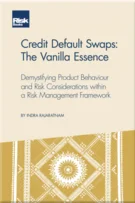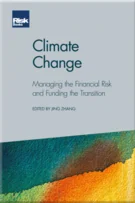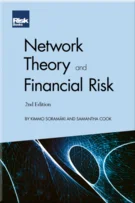Portfolio Construction with Transaction Costs
Introduction
A Primer on Portfolio Theory
Application in Mean–Variance Investing
Diversification
Frictional Costs of Diversification
Risk Parity
Incorporating Deviations from Normality: Lower Partial Moments
Portfolio Resampling and Estimation Error
Robust Portfolio Optimisation and Estimation Error
Bayesian Analysis and Portfolio Choice
Testing Portfolio Construction Methodologies Out-of-Sample
Portfolio Construction with Transaction Costs
Portfolio Optimisation with Options: From the Static Replication of CPPI Strategies to a More General Framework
Scenario Optimisation
Core–Satellite Investing: Budgeting Active Manager Risk
Benchmark-Relative Optimisation
Removing Long-Only Constraints: 120/20 Investing
Performance-Based Fees, Incentives and Dynamic Tracking Error Choice
Long-Term Portfolio Choice
Risk Management for Asset-Management Companies
Valuation of Asset Management Firms
Tail Risk Hedging
11.1 TRANSACTION COSTS
So far we have assumed that all positions within a given portfolio can be created from cash at zero transaction cost. This assumption will be relaxed in this chapter, where we focus on the costs associated with buying and selling securities. Although we use standard mean–variance optimisation to describe investors’ preferences, the analysis can be extended to any other objective function treated in this book. It is well known that the average active investor will, by definition, exhibit zero alpha before costs and underperform after costs (see Sharpe 1991). Hence, the inclusion of transaction costs in the portfolio construction process is material and has attracted increasing attention.
Transaction costs come in many forms. In general, we can identify three sources.
Brokerage commission. This reflects the mechanics of order processing and is an explicit fee charged by the broker to handle the trade. Commissions have been under constant pressure and reflect only a very small part of transaction costs.
Bid–ask spread. The bid–ask spread reflects the costs of buying a security and immediately selling it. Economically, we expect the bid–ask spread to rise
Copyright Infopro Digital Limited. All rights reserved.
As outlined in our terms and conditions, https://www.infopro-digital.com/terms-and-conditions/subscriptions/ (point 2.4), printing is limited to a single copy.
If you would like to purchase additional rights please email info@risk.net
Copyright Infopro Digital Limited. All rights reserved.
You may share this content using our article tools. As outlined in our terms and conditions, https://www.infopro-digital.com/terms-and-conditions/subscriptions/ (clause 2.4), an Authorised User may only make one copy of the materials for their own personal use. You must also comply with the restrictions in clause 2.5.
If you would like to purchase additional rights please email info@risk.net

